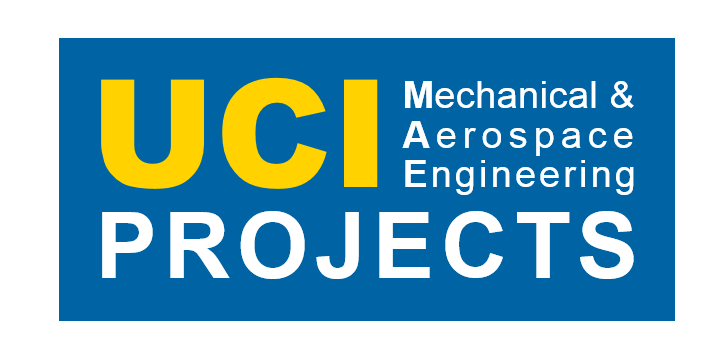As the end of Fall Quarter quickly approaches, our CanSat’s development continues to progress. During our Week 9 Biweekly General Meeting, we discussed the four different mechanical designs that team members individually proposed:
1. Umbrella Shape
2. Electromagnetic Release
3. Inflatable Heat Shield
4. Small Air Tank (Solenoid)
As each team member presented their ideas and SolidWorks designs for the CanSat, everyone discussed the pros and cons of the design. Eventually, we decided to combine the different proposed ideas. Ultimately, we decided on using a rail design with an electromagnetic lock. There would also be an air cushion within the CanSat. We also talked about placing a fuse in line with the battery as a safety feature as well as an audio beacon to use as a speaker.
After carefully considering the conceptual aerodynamics of the designs, we finalized our mechanical design for the CanSat. To meet our desired velocity, our heat shield will provide a large surface area to induce greater drag. To prevent tumbling, we chose to have the center of gravity close to the nose of the heat shield and the center of pressure further away due to flow separation that may occur.
The heat shield will push open by filling an inflatable ring with a commercial carbon dioxide cartridge and solenoid valve. This will evenly spread the flaps of the heat shield and provide a cushion for the probe upon landing. The shield is held on the probe using electromagnets, allowing easy release during descent.
Also, the heat shield will include fabric to fill the open spaces and to create more area. We used a four-sided model for its simplicity and expected ease of manufacturability. Commercially available parts will be used for the probe frame to reduce production costs.
We will determine the altitude of the CanSat by using four pressure sensors around the circumference of the probe. An accelerometer will record the velocity and tilt of the CanSat while the GPS will determine its coordinates and timestamps.
One of our next goals is to fabricate prototypes of the probe structure, heat shield, and release mechanism that can be tested.
— Amy Huynh
Documentation

